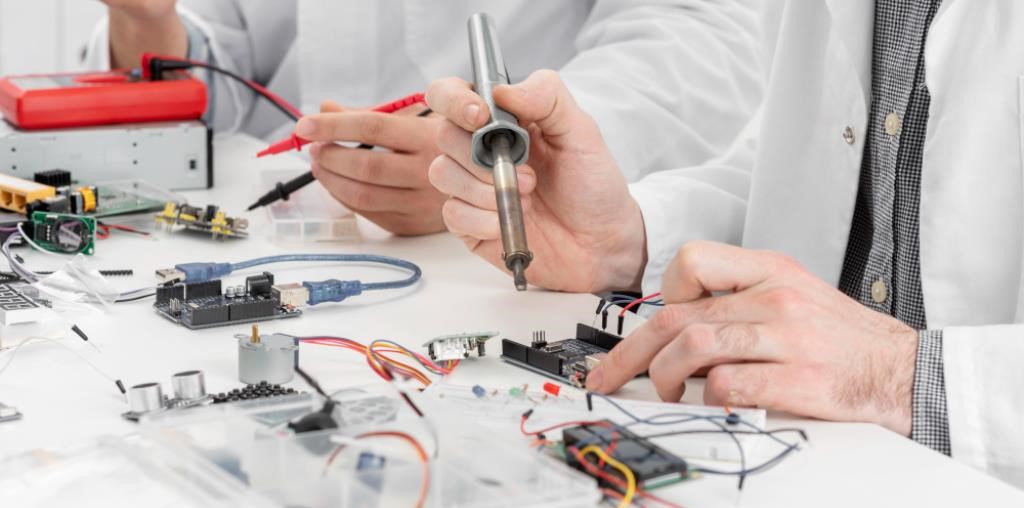The future of industrial production is increasingly robotized, characterized by
intelligent machines that provide
essential support throughout various production processes, simplifying and
easing human labor.
This sector is highly strategic for the country's industrial development: the
robotic revolution intersects with the
Internet of Things (IoT), with its interconnected machines, and
with artificial intelligence,
marking a historic shift that is set to redefine the standards of industrial
robotics.
Precision Mechanics in the Construction of Robots
The creation of such advanced and high-performance machines requires an extremely
high-quality standard, involving
every single component, even the smallest or seemingly insignificant ones. It is
in the details that the difference
lies—a core principle of precision mechanics.
This excellence allows the production of technologically cutting-edge tools,
capable of supporting and optimizing
various production flows.
The increasing integration of digital technologies in mechanical processing,
alongside complex automatic systems,
has led to a significant boost in production quality, minimizing the
margin of error in the creation and
supply of small parts for robotics. Precision mechanics enables the
manufacturing of highly specialized
components for the application of robots in any production sector.
The process begins with the reception of the customer’s project, in the form of
a basic drawing, which is then
processed using CAD software for assisted manufacturing. This allows the
identification of the necessary mechanical
operations based on the specific geometry of the component.
The Evolution of the Assembly Line: Tasks and Benefits
Robotics is applied in numerous industrial sectors. The integration of robots
into the assembly line enables a
significant reduction in processing times and a substantial improvement
in the quality of the final
product.
The use of automation and robotics is a cornerstone of the hi-tech future,
transforming industrial environments into
spaces dominated by robots and automated peripherals. The benefits offered by
robots are unmatched in terms of speed
and precision, but the role of the human operator remains indispensable. The
experience and know-how of the
technical staff are essential to ensure proper maintenance and accurate data
interpretation.
Industrial robots, often of the anthropomorphic type, are
composed of joints and
articulations (which determine movement) and rigid bodies. Each
component defines the robot’s
operational capabilities. Even material-handling systems are made up of
mechanical elements designed to enable the
robot to perform its tasks. Every stage, from design to assembly, requires
components custom-made by specialized
companies.

